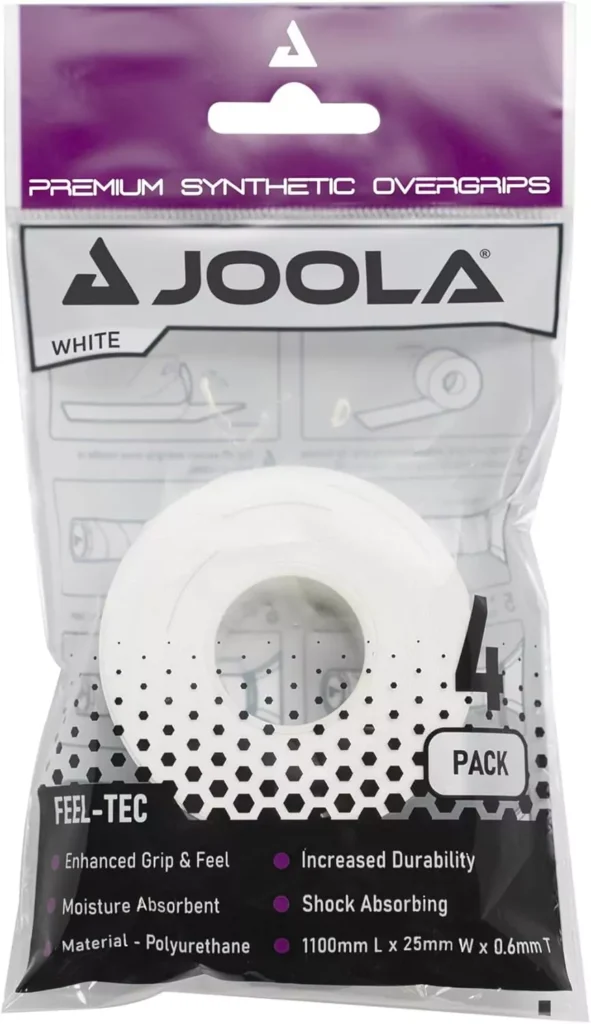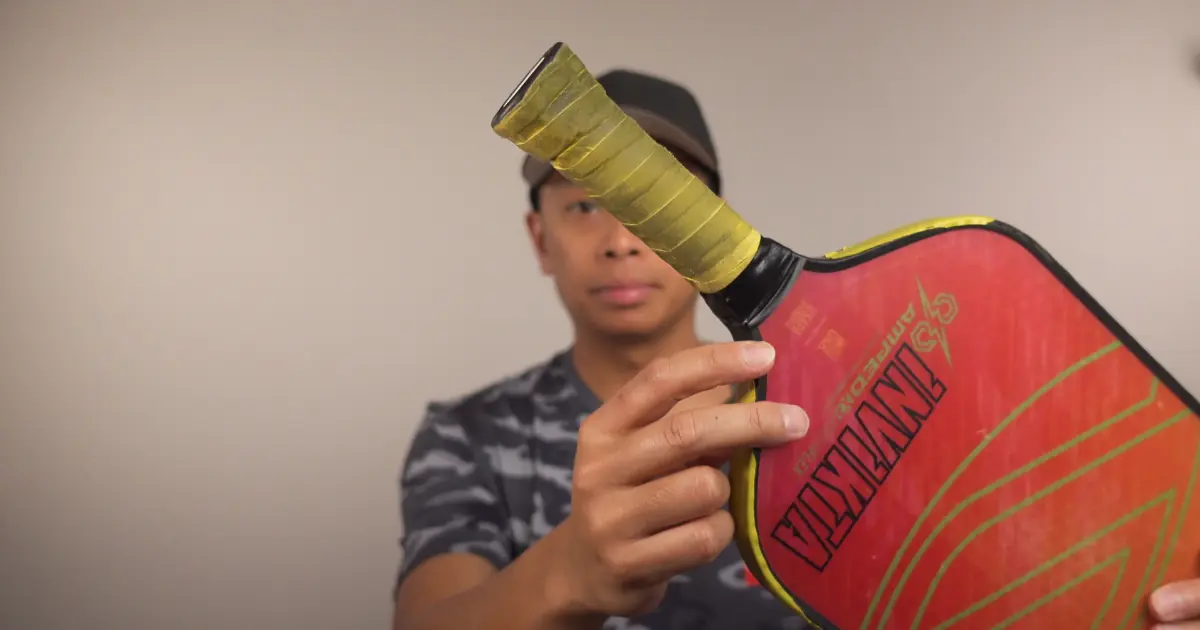Pickleball players love talking gear—paddle weight, core materials, edge guards. But there’s one crucial piece that often flies under the radar: the grip.
That thin, cushioned layer between your hand and the paddle? It’s doing more work than you think. Whether you’re a weekend warrior or a competitive player, your grip could be the hidden factor behind missed shots, hand fatigue, or wrist pain.
Why Changing Your Overgrip Matters
As you play, your hands sweat and apply pressure on the grip. Over time, this wears down the overgrip’s texture and moisture-absorbing capabilities. When the overgrip becomes too smooth or slippery, you lose control, which can directly affect your performance and even lead to wrist or elbow strain due to overcompensation.
Signs you need to change your overgrip include:
- It feels slippery, even when dry – This is one of the first signs your overgrip is worn out.
- Your hand slips during play – Loss of traction can lead to mishits and loss of control.
- The grip looks visibly worn, torn, or dirty – Frayed edges or dark spots are a clear visual cue.
- It loses its cushion or tacky feel – If it feels flat, hard, or lifeless in your hand, it’s time.
- The grip feels hard or slick – Over time, the surface can become polished and lose its grip.
- Edges are fraying or peeling – Peeling or rough edges can be uncomfortable and distracting.
- You feel vibrations or discomfort during play – A fresh grip helps absorb shock and reduce strain.
- Your hand cramps or tires faster than usual – A poor grip causes your hand muscles to overcompensate.
- There’s a bad smell (hello, bacteria!) – Sweat buildup can lead to odor and bacterial growth — not ideal for hygiene.
So, How Often Should You Change Your Pickleball Grip?
There’s no one-size-fits-all answer, but here are some solid guidelines based on how often you playThe ideal frequency depends on several factors:
1. Frequency of Play
- Daily Players (5–7 times per week): Change your overgrip every 1–2 weeks.
- Moderate Players (2–4 times per week): Change it every 2–4 weeks.
- Casual Players (1 time per week or less): Change every 4–6 weeks, or as needed.
2. Playing Conditions
- Hot and Humid Weather: Sweat builds up faster, so change more often — possibly weekly.
- Outdoor Play: Dirt and dust can wear it down quicker.
- Indoor Play: Overgrip may last a bit longer due to controlled conditions.
3. Sweat Level
If you’re a heavy sweater, you might find your overgrip deteriorates quickly. Some players even change their overgrip every few matches to keep it feeling fresh..
Overgrips: The Secret Weapon for Extended Paddle Life
Don’t want to replace your grip constantly? There’s a better way: use an overgrip.
An overgrip is a thin wrap that goes over your existing grip. It offers fresh tackiness and sweat absorption—without the hassle of replacing the entire grip.
👉 We recommend:

Why overgrips are a game-changer:
✅ Easy and fast to replace
✅ Affordable
✅ Customizable (choose tacky, cushioned, or extra absorbent)
✅ Extends the life of your main grip
Final Thoughts
Your grip is the foundation of your control, comfort, and confidence on the court. Don’t overlook it.
Changing your grip—or simply adding an overgrip—is a small investment that pays off in performance and injury prevention. Keep your paddle fresh, and your game will thank you.








